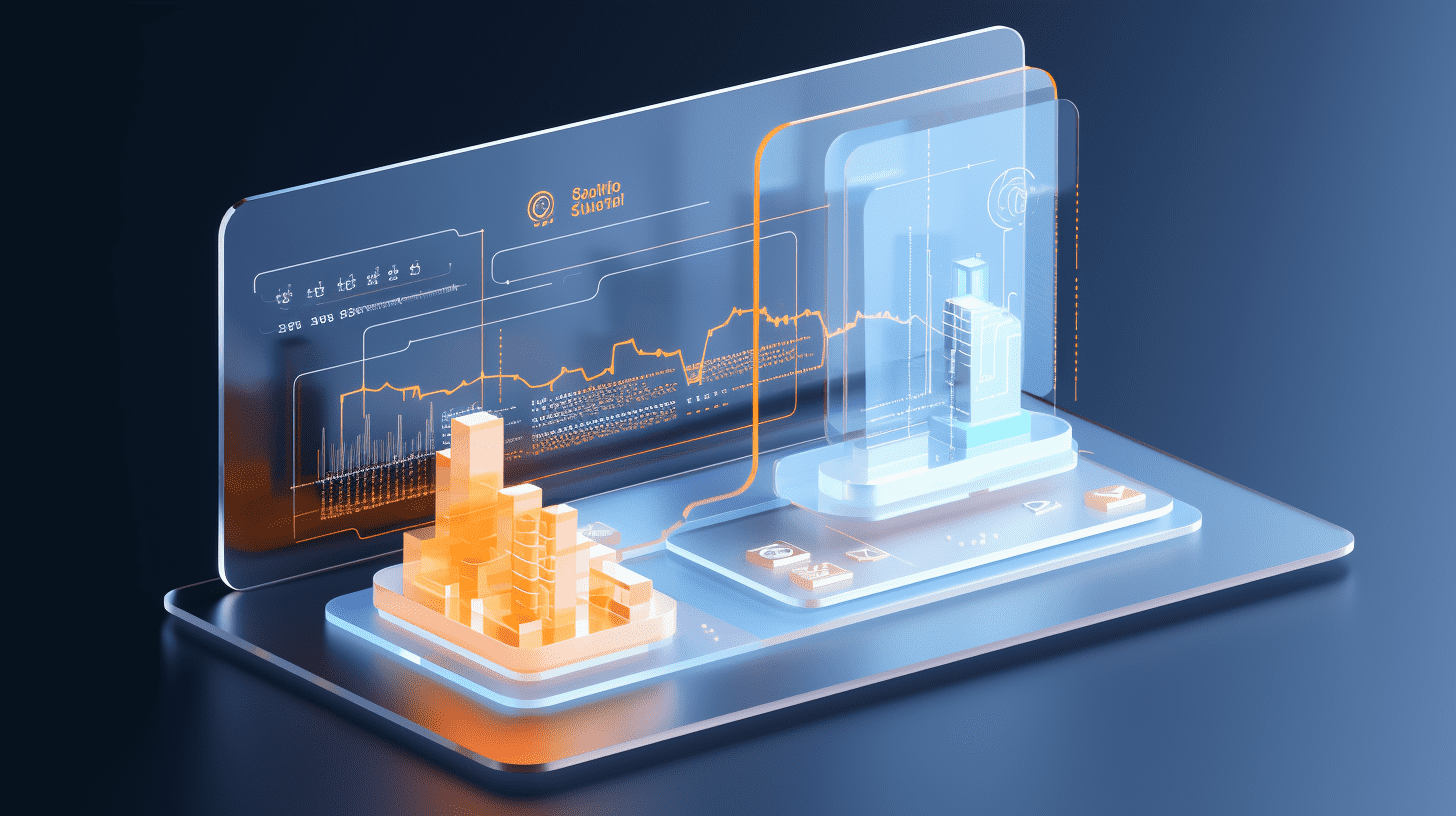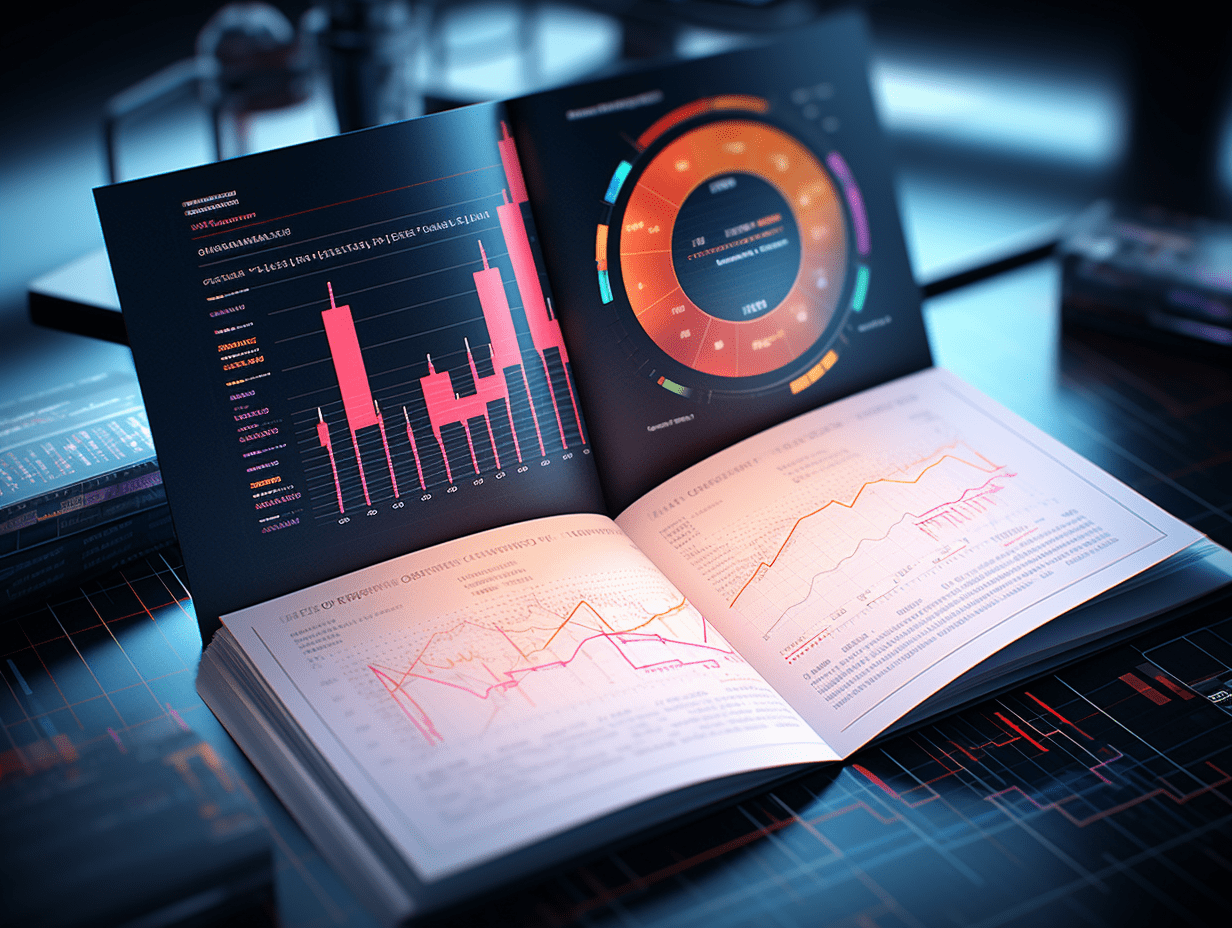A Goldman Sachs trader asked, "When will the feast of US stocks end?" "Experienced" clients strongly believe that "the cost of an economic recession is underestimated."
Goldman Sachs senior trader Paolo Schiavone believes that even though the Nasdaq 100 has had a compound annual growth rate of 14.25% over the past 40 years, the technical rebound of the VIX and the widening of credit spreads show that risks are building up. Key risks include: a fragile labor market (with a reemployment rate of only 44.9% hitting a new low), overspending demand, and the approaching peak of private sector debt. The market is overly reliant on expectations of Fed rate cuts, but policy tools are limited.
The US stock market has been rising steadily this year, with the Nasdaq hitting a historic high, and investors are enthusiastic. However, a senior trader at Goldman Sachs poured cold water on the situation, suggesting that this "feast" may be coming to an end.
While the US stock market continues to rise and market sentiment is optimistic, Paolo Schiavone, a senior macro trader at Goldman Sachs, recently raised questions about when this feast will end. He believes that despite the strong appearance of the market, some "experienced" clients firmly believe that the risks of an economic downturn are severely underestimated by the market. The current market structure, policy environment, and economic data are creating unprecedented uncertainty for investors.
The latest market trends show that the Nasdaq 100 index has had a compound annual growth rate of up to 14.25% over the past 40 years, far exceeding the broader market. The market's dependence on the Federal Reserve's loose policy is becoming increasingly apparent, and investors are generally betting on a rate cut. However, the volatility index VIX has recently experienced a technical rebound, and credit spreads have widened, indicating that underlying market risks are accumulating.
Schiavone points out that the labor market, changes in volatility, and the Federal Reserve's ability to extend the economic cycle are key factors in determining whether the US stock market party can continue. While corporate profits have not yet shown the typical decline before a recession, private sector balance sheets are healthy. However, the overextended demand, the transfer of leverage to the government and private assets, and the upcoming peak in private sector debt all pose risks for the future.
Schiavone believes that the core issue in the market is whether investors are underestimating the cost of an economic downturn and the room for maneuvering for the Federal Reserve and fiscal policy. With slowing growth, a fragile job market, and weakening technical indicators, the market is at a critical turning point.
Concerns behind the market party: structural risks and policy dilemmas
Goldman Sachs trader Paolo Schiavone emphasizes that the strong performance of the current US stock market conceals multiple structural risks.
First, although corporate profits have not yet shown a significant decline and private sector balance sheets are relatively healthy, demand has been overextended, and economic growth momentum is weakening. The housing market is sluggish, leverage risks are gradually shifting to government and private assets, the private sector's "debt peak" is approaching, and future debt repayment pressures are increasing.
Second, the labor market has become a key variable. While the probability of unemployment is low, data from the New York Federal Reserve shows that the probability of finding a new job once unemployed is only 44.9%, a historic low. This risk is underestimated by the market, and if the job market deteriorates, consumption and economic growth will face greater pressure.
In addition, the volatility market has reached a turning point. The VIX index has been declining since 2022, but a recent technical rebound has occurred, credit spreads have widened, indicating a decline in market risk appetite.
Goldman Sachs traders believe that low volatility can only be sustained in an ideal environment, and the current situation does not support this, whether in terms of correlation or macroeconomic environment.
At the policy level, the market is highly dependent on expectations of a rate cut by the Federal Reserve. However, if inflation remains high, the room for rate cuts is limited. Fiscal policy is also constrained by high debt and interest burdens, with limited scope for further stimulus.
Goldman Sachs traders point out that the market's confidence in the "bailout" by the Federal Reserve and the government is overly optimistic, as actual policy tools are running out.
Focus on CPI data in the next 48 hours
Schiavone says that while the overall market sentiment is optimistic, some "experienced" Goldman clients strongly believe that the risks of an economic downturn are underestimated.
He believes that the interpretation of leading and lagging indicators will determine the success or failure of investments in the next 12 months. Currently, there is a clear deviation between the performance of cyclical and defensive sectors, and the misalignment between the yield of US 10-year Treasury Inflation-Protected Securities (TIPS) and sector performance is at its largest in two years.
From a technical perspective, the market is in a consolidation phase at high levels, and it often takes months to form a top. Peripheral indexes and secondary signals become particularly important, and the continued strength of the artificial intelligence sector is key to maintaining market momentum, but its valuation has already been fully reflected.
Schiavone recommends monitoring CPI (Consumer Price Index) data in the next 48 hours:
If CPI exceeds expectations, the S&P 500 is expected to rise to 6200 points, and he will look for an opportunity to "close positions";
If CPI is weak, he plans to buy at the 4.25% level of the 10-year US Treasury yield;
At the same time, he suggests that investors consider hedging strategies for long VIX and short S&P 500 in the short term, especially before and after key inflation data is released.
Schiavone concludes with his consistent "CRIC" framework of analysis - Crisis, Response, Improvement, Complacency. He notes that it is difficult to determine whether the market is in a phase of complacency or response. If the expectations of a rate cut by the Federal Reserve fall through, or if inflation data exceeds expectations, the market may face a significant adjustment.
This article is reprinted from Wall Street News; GMTEight Editor: Chen Xiaoyi.
Related Articles

The signal of Fed rate cut is more clear: U.S. PPI unexpectedly turned negative, the first decline in four months.

The 10th "Belt and Road" Summit opens in Hong Kong, focusing on various opportunities in trade, investment, innovation and technology, and green development.

Even if inflation heats up tomorrow night, it will not disturb the U.S. stock market, as employment data leads the market direction.
The signal of Fed rate cut is more clear: U.S. PPI unexpectedly turned negative, the first decline in four months.

The 10th "Belt and Road" Summit opens in Hong Kong, focusing on various opportunities in trade, investment, innovation and technology, and green development.

Even if inflation heats up tomorrow night, it will not disturb the U.S. stock market, as employment data leads the market direction.

RECOMMEND

Significant Southbound Capital Inflows into Hong Kong Stocks—Three Investment Directions to Watch
10/09/2025

Heavy-Duty Engine Sales Slide as Weichai Power’s Supplier Payables Near RMB 100 Billion
10/09/2025

U.S. Annual Nonfarm Payroll Revision Misses Expectations with 911,000-Job Cut, Heightening Fed Rate-Cut Pressure
10/09/2025


